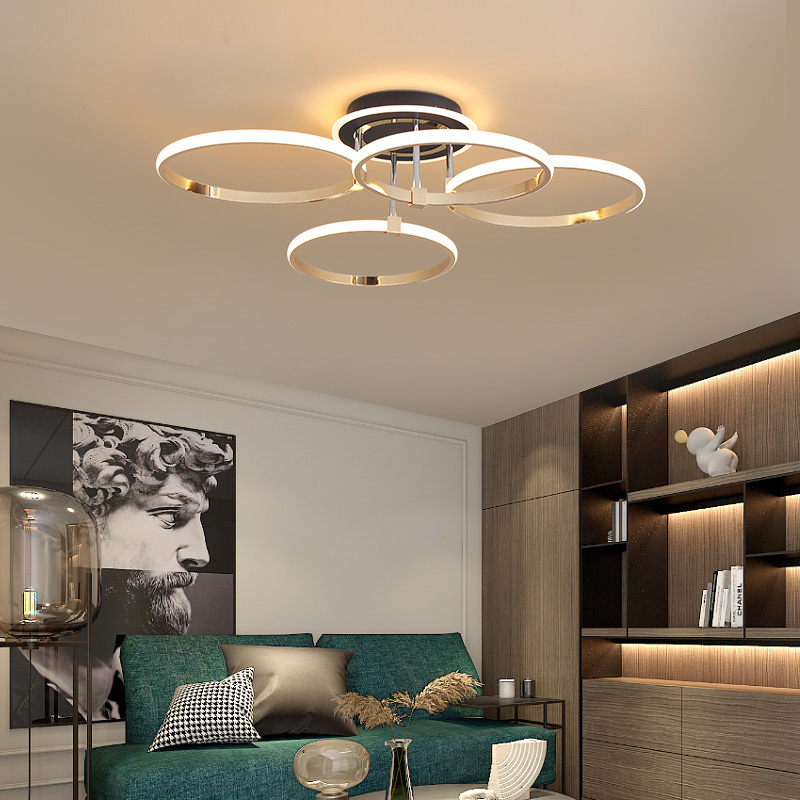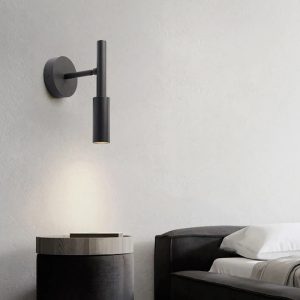
As the world’s population continues to grow, the demand for space is rapidly increasing. People are trying to maximize the space available to them, including ceilings. A low profile suspended ceiling is an excellent way to increase vertical space and make the room feel more open. In this article, we will be exploring the benefits of a low profile suspended ceiling and how it can be useful in optimizing interior space.
The Concept of Low Profile Suspended Ceiling
A suspended ceiling is a secondary ceiling installed beneath the existing ceiling. A low profile suspended ceiling is a version that is flush with the existing ceiling or slightly below it. A typical suspended ceiling is hung from a metal grid, but a low profile suspended ceiling is hung using special clips or brackets to reduce its height. They are perfect for rooms with low ceilings where regular suspended ceilings may make the room look smaller.
Benefits of a Low Profile Suspended Ceiling
1. Increased Vertical Space
One of the significant benefits of a low profile suspended ceiling is that it creates the appearance of increased vertical space, making the room feel more open and airy. The lower the ceiling, the more claustrophobic the room feels. By installing a low profile suspended ceiling, you can create the illusion of a higher ceiling while keeping the height relatively the same.
2. Better Aesthetics
A low profile suspended ceiling also offers better aesthetics compared to traditional suspended ceilings. Since it is flush with the existing ceiling, it blends in seamlessly, and there is no visual disturbance. Traditional suspended ceilings create a grid-like look that can be distracting and unappealing. A low profile suspended ceiling is perfect for a modern and clean aesthetic.
3. Easy Installation
A low profile suspended ceiling is easy to install compared to a traditional suspended ceiling. It requires no complex framework or the installation of ceiling hangers. Low profile suspended ceilings come with clips or brackets that can be fixed to the existing ceiling, reducing installation time and costs.
When to Use Low Profile Suspended Ceiling
1. Small Rooms
Low profile suspended ceilings are perfect for small rooms with low ceilings. They create the illusion of a more extensive space and keep the room from feeling cramped.
2. Basements
Most basements have low ceilings, making them feel oppressive and claustrophobic. A low profile suspended ceiling can help maximize height, creating a more welcoming and comfortable environment.
3. Workspaces
Low profile suspended ceilings offer better aesthetics and lighting control, making them ideal for workspaces. They also allow for easy access to utilities in case of repairs, maintenance, or upgrades.
The Installation Process
1. Selecting Materials
The materials for a low-profile suspended ceiling include metal frames, clipons, brackets, or a combination of these. The final choice depends on the design and the space available.
2. Measuring and Marking
Get accurate measurements of the room, and mark the spots for the metal frames to create your grid pattern. The marks should be identical, for a seamless appearance.
3. Fixing the frames
Start by attaching the metal frames to the existing ceiling, using screws, and making sure they are level. Use a level to make sure the metal frames are straight to provide a smooth surface for the ceiling tile.
4. Attaching ceiling tiles
Cut ceiling tiles to size, and position them on the metal frames. When ready, they’ll easily snap into place.
Low profile suspended ceilings are an excellent way to maximize interior space while also improving aesthetics, lighting, and ventilation. They are easy to install, affordable, and versatile, and can be used in various settings. A low profile suspended ceiling can transform a room, creating an illusion of increased vertical space and a cleaner, more modern look. If you consider installing a low profile suspended ceiling in your home or workplace, we hope this article has given you some valuable insights.






